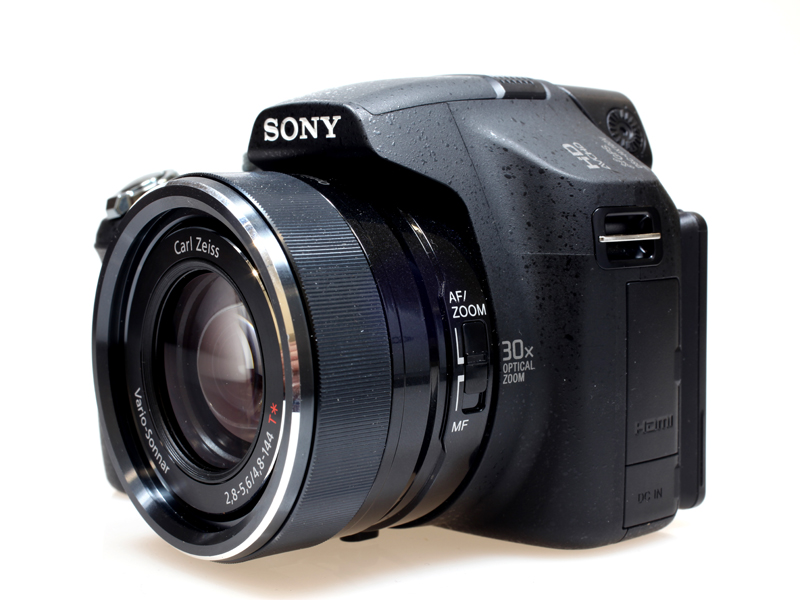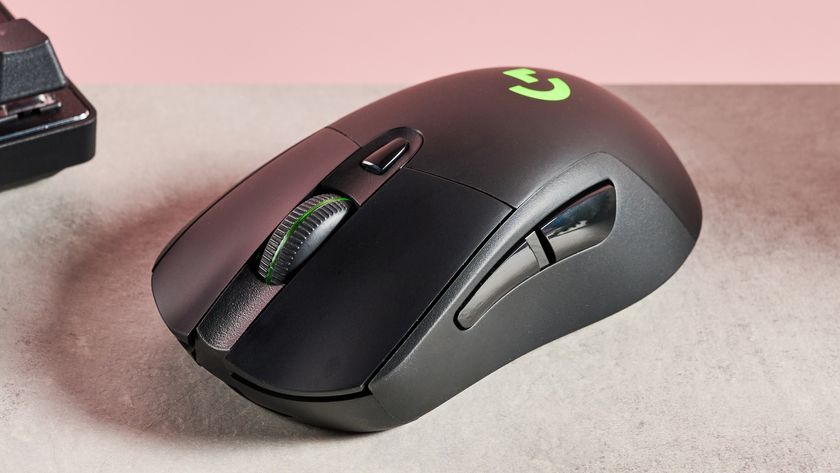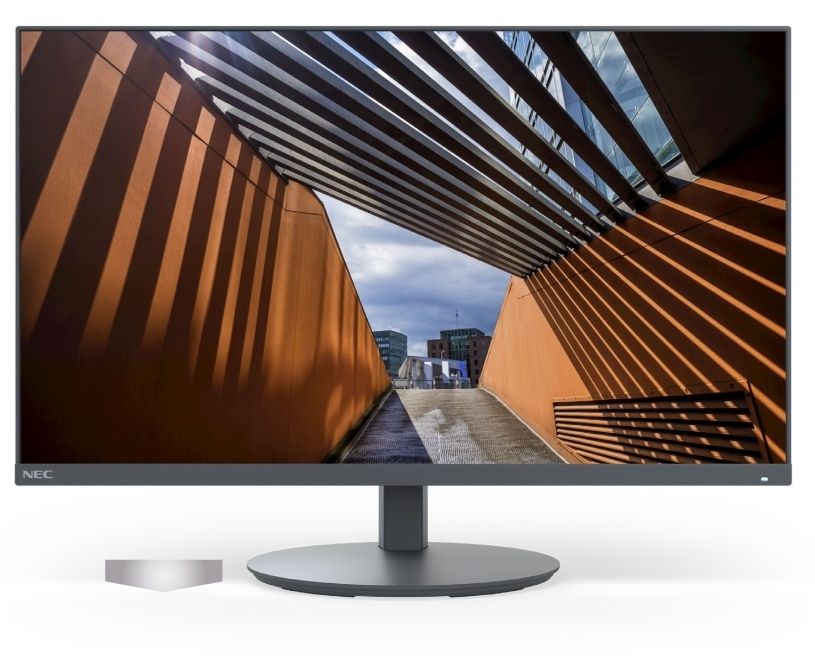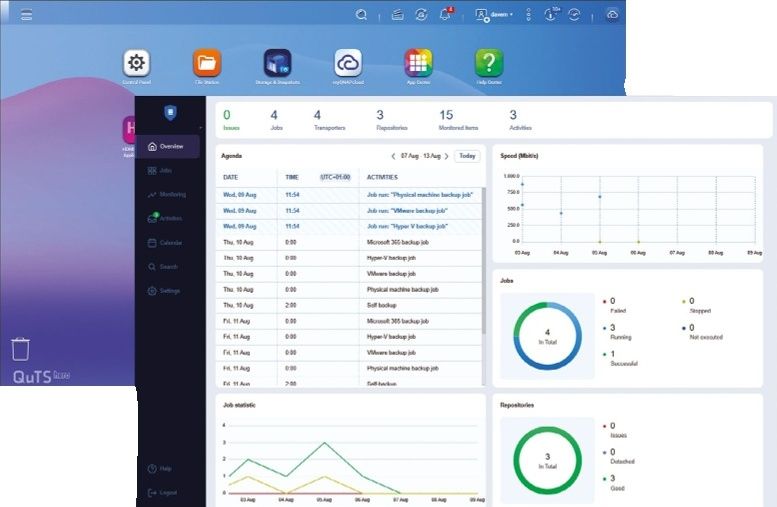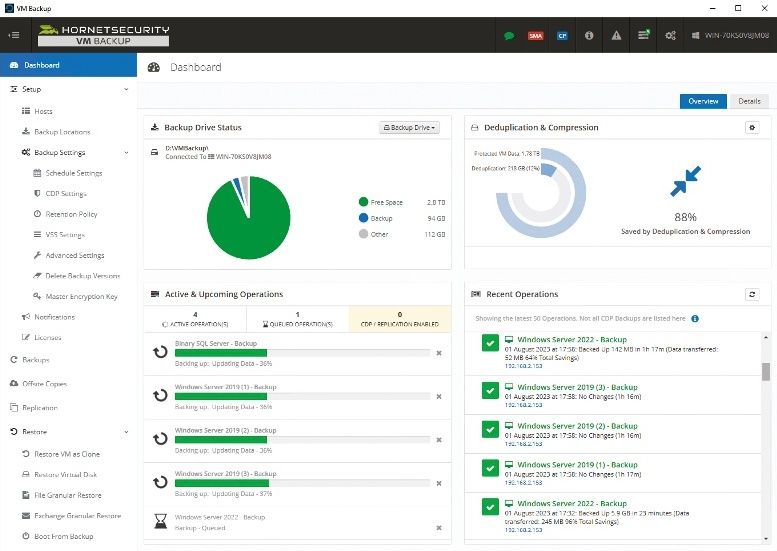TechRadar Verdict
Pros
- +
Clever dual zoom/focus ring
- +
30x zoom range equates to 27-810mm
- +
GPS is forward-thinking tech
Cons
- -
No RAW files
- -
Excess shutter speeds in auto modes
- -
Images aren't going to replace a DSLR
- -
Unfazed by 3D mode
Why you can trust TechRadar
The Sony Cyber-shot HX100V updates the innovative HX1. A new sensor, 30x optical zoom and GPS all feature begging the question, is the Sony HX100V as good as superzoom cameras get?
At the beginning of 2009, Sony released the Cyber-shot HX1, a digital compact camera innovation thanks to its Sweep Panorama mode. This function allows for real time panoramic capture and has since been mimicked under different guises by every other major manufacturer.
Spring forward more than two years and Sony's latest superzoom bridge camera, the Cyber-shot DMC-HX100V, is very different beast to its predecessor that benefits from evolution of technology right across the board.
The HX100V packs a 30x optical zoom lens into its body, providing a 27mm wide-angle through to 810mm at the top end of its zoom. That provides a range sufficient to snap group shots through to more distant subjects as if they were right in front of you.
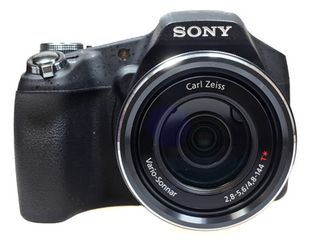
Having a long lens that can cover a wide reach for an affordable lump of cash is important for a superzoom, and the HX100V does that. A similar equivalent at a more professional DSLR level would cost oh so much more than the HX100V's £420 outlay (ignoring, for the moment, the difference in results).
As well as a 3-inch, 921k-dot LCD mounted on a tilt-angle bracket on the HX100V's rear, there's also a 0.2-inch, 201k-dot electronic viewfinder (EVF) above this.
The electronic viewfinder is often why such a camera is termed as a 'bridge camera', given it's a halfway measure between compact and DSLR-like functionality.
The combination of screen and viewfinder make for versatile use, and the LCD screen in particular is of a decent resolution that looks great in playback mode.
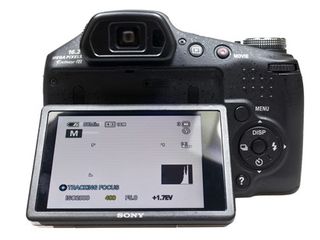
The tilt-angle bracket means the screen itself is able to pull away from the body through vertical rotation of just over 90-degrees upwards (useful for waist-level work) or approximately 50-degrees downwards (useful for when shooting overhead).
The EVF is less versatile, as the small screen isn't always easy to see, but it's an essential device for framing and support, particularly in bright sunlight when the LCD screen can be too reflective to pose much use.
Gone is the HX1's 9.1MP sensor, updated with the HX100V's latest 16.2MP Exmor R CMOS. The 'R' means that the sensor is 'back-lit', ie the wiring is placed to the back of the construction for a cleaner light path, and therefore better signal for improved image quality.
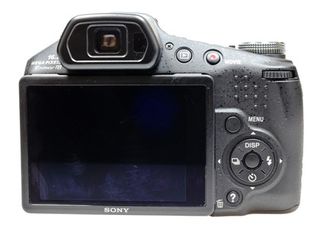
The Sweep Panorama mode also sees an update, now termed 'iSweep Panorama' (or intelligent Sweep Panorama) it's possible to activate an 'HR' (High Resolution) option for larger panoramas that measure 4096x10480 pixels (or 1.4x3.6 metres at 72dpi).
It's only possible to use this in the 'vertical-run' position, but twist the camera by a right angle and you can fool it into using the wider portion of the sensor for the bigger files.
A 3D Panorama mode and a 3D stills mode feature – the latter takes two shots and offsets them against one another in an MPO file format for three dimensional viewing on a relevant device.
We're none too taken by it though, as there's just not the distance of true twin lens technology here to make it look truly real or exciting.
In addition to a variety of manual and scene modes the HX100V also adds a new GPS (Global Positioning Satellite) mode that can pinpoint a shot's location and tack it onto the image data. It's useful for categorising and searching through images at a later date, or relocating the exact location again in the future. And for the speed snappers out there the HX100V can even shoot off shots at up to 10 frames per second (10fps), though only when focus is fixed on a single focal plane (i.e. not continuously autofocusing).
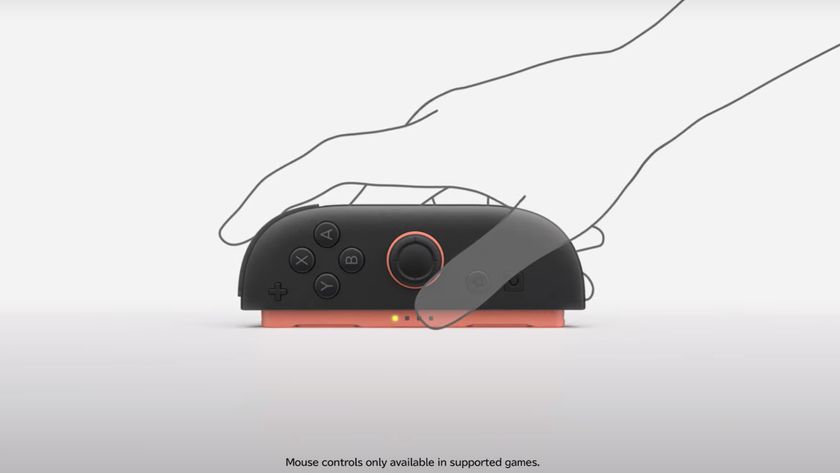
Nintendo Switch 2 mouse mode revealed: Joy Con 2 mouse function, how it works, and which games are confirmed to use it

Deltarune gets surprise Chapter 3 and 4 release date at Nintendo Switch 2 Direct – and they're launching very soon
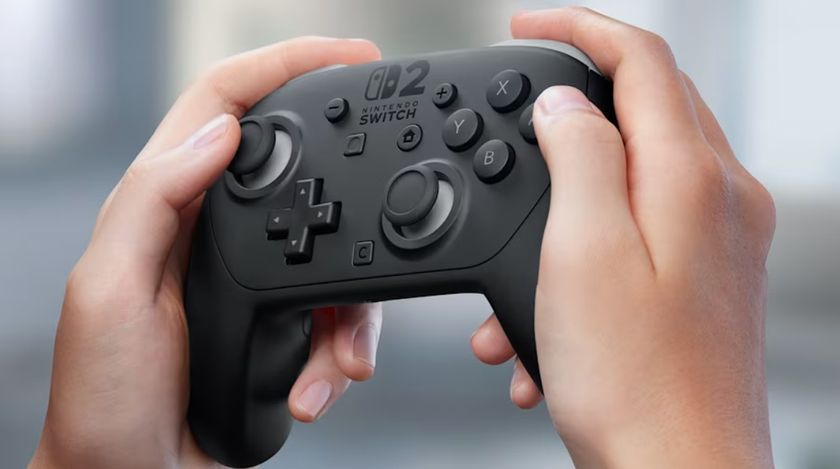
The Nintendo Switch 2 Pro Controller has been revealed offering a bunch of improvements over its predecessor
